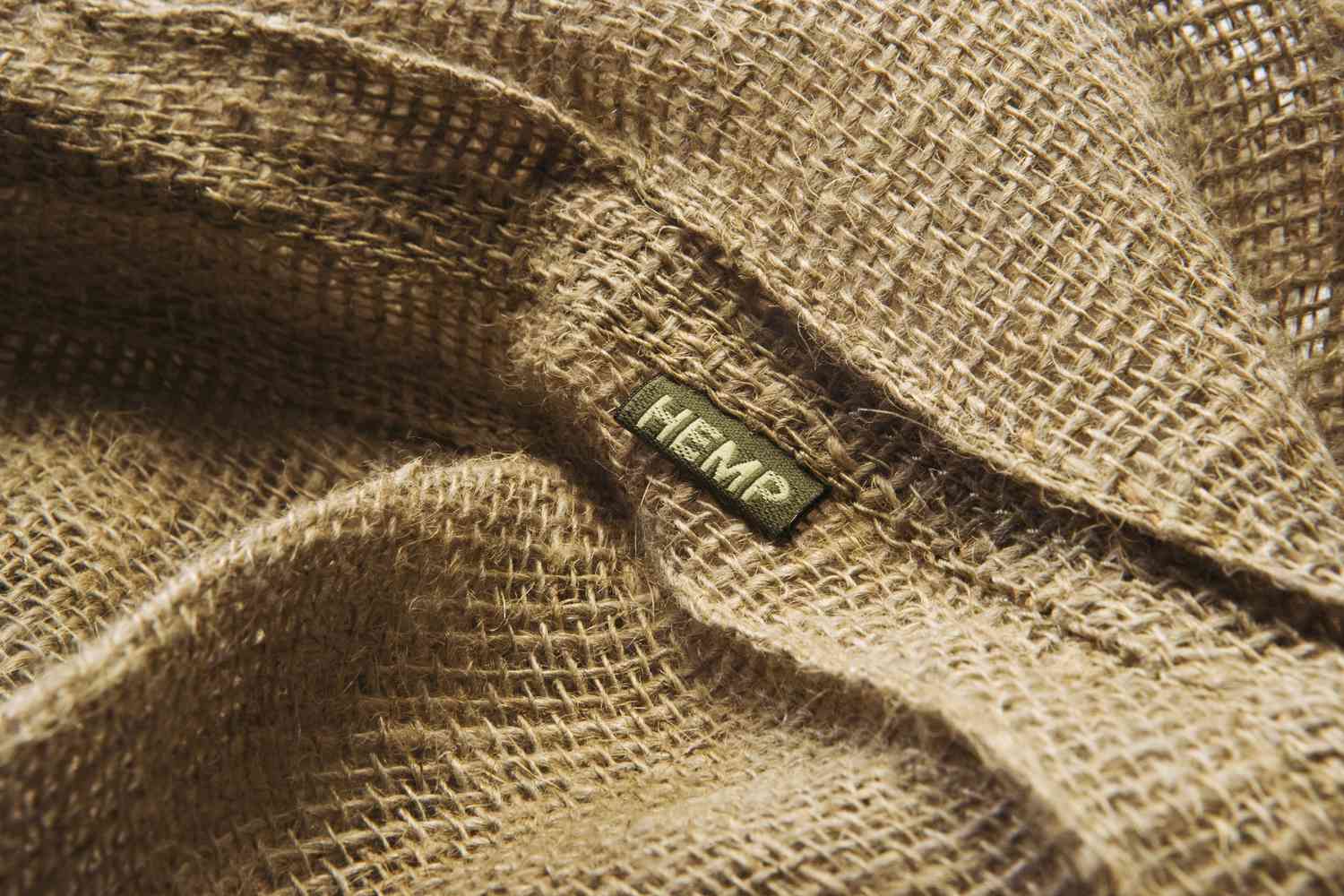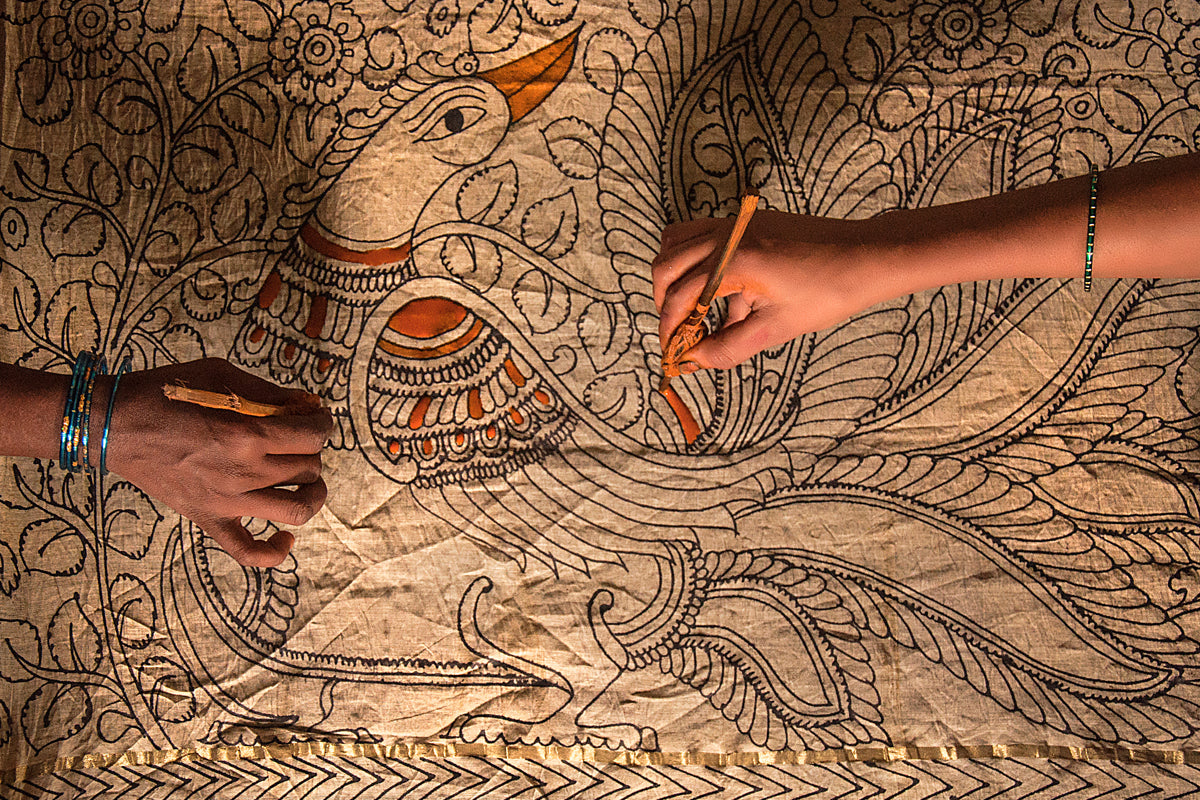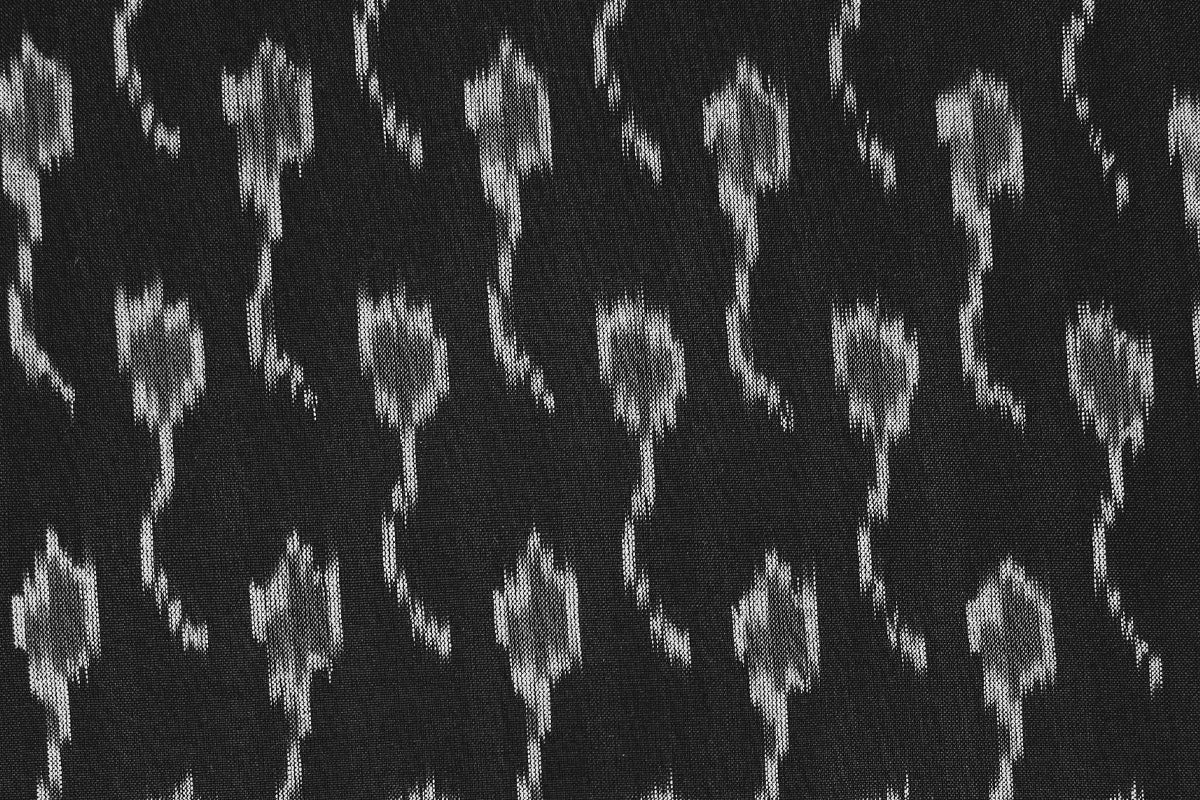
What is Hemp Fabric: Properties, How it has Made and Where
Concern over the fashion industry's negative environmental effects has grown in recent years. Hemp fabric is leading the way in the search for eco-friendly textiles as consumers look for more sustainable options. Hemp fabric, renowned for its strength, breathability, and low environmental impact, is transforming the way we think about fashion. We will dive into the world of hemp fabric in this blog, looking at its cost, applications, worldwide production, manufacturing process, and beneficial effects on the environment.
What Is Hemp Fabric?
The fibers of the Cannabis sativa plant, often known as hemp, are used to make hemp cloth. Hemp has truly little of the intoxicating ingredient THC, unlike its near relative marijuana. The plant's stalk is used to harvest hemp fibers, which are subsequently spun into yarn or woven into cloth. The product is a multipurpose textile with several advantageous characteristics.
How Is Hemp Fabric Made?
Harvesting the hemp plants is the first step in the process of making hemp cloth. After being harvested, the stalks are soaked in water for a procedure known as retting, which breaks down the natural pectins that hold the fibers together. There are three ways to accomplish this: chemical retting, water retting, and dew retting. The last is the least harmful to the environment. Following retting, the fibers are cut out from the stalks and either spun into yarn or cloth using conventional weaving methods.
How Is Hemp Fabric Used?
Numerous industries, including fashion, home textiles, and industrial goods, use hemp cloth. Hemp fabric is highly valued in the fashion industry for its moisture-wicking capabilities, breathability, and durability, which make it perfect for apparel, accessories, and shoes. Additionally advantageous to beds, towels, and upholstery are hemp's inherent antibacterial and hypoallergenic qualities. Hemp fibers are also utilized in the manufacturing of paper, rope, and biodegradable polymers.
Where Is Hemp Fabric Produced?
Worldwide, hemp is grown, and fabrics are made, with major production centers being in China, Canada, and the European Union. These areas have weather that is ideal for growing hemp and legislative environments that encourage its development. But as interest in hemp cloth increases, more nations are looking into growing it and using it in their textile sectors.
How Much Does Hemp Fabric Cost?
Hemp fabric prices can change based on several variables, including market demand, production techniques, and quality. Although hemp fabric may initially cost a little more than traditional fabrics, in the long term, its lifespan and resilience typically make it a more affordable option. Furthermore, economies of scale and technical developments are anticipated to gradually lower the price of hemp fabric as demand for sustainable textiles rises.
How Does Hemp Fabric Impact the Environment?
The low environmental impact of hemp fabric is one of its most alluring features. Cultivating hemp plants is more sustainable than other crops like cotton since they require a lot less water and chemicals. Hemp also develops deep roots, which enhance soil health and reduce soil erosion. Moreover, hemp cloth can be regenerated and biodegraded, thus minimizing its environmental impact. Customers may encourage a more environmentally conscious and sustainable fashion business by selecting hemp fabric. Hemp is also considered to be a carbon negative raw material, which means that it absorbs more carbon than it produces. Production of this crop requires very few pesticides, and it does not require any herbicides. On the other hand, it has been indicated that producing hemp may require more nitrogen than growing cotton.
Conclusion:
Hemp fabric stands out as a brilliant example of innovation and environmental care in the textile sector as we work to create a more sustainable future. It is an appealing option for both forward-thinking brands and conscientious consumers because of its many advantages, which range from its minimum environmental impact to its durability and versatility. Adopting hemp cloth would not only transform our wardrobe but also help to create a better planet for future generations.


Leave a comment
This site is protected by hCaptcha and the hCaptcha Privacy Policy and Terms of Service apply.